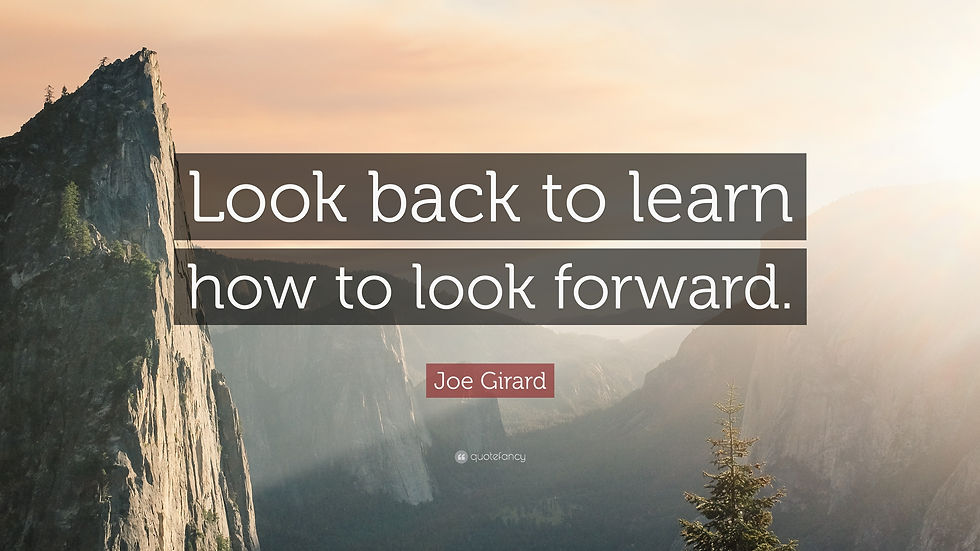Strength by Scar Tissue
- Aug 30, 2023
- 3 min read
I’ve spent the past many months helping my dog develop an alternative to her torn CCL, akin to a human ACL. With the help of a really cool brace, Heidi avoided risky surgery and related rehab and is well on her way to developing enough scar tissue around her knee to stabilize the joint.
On walks, she draws a little pity, but she is a happy camper. At night, when I take the brace off, she sniffs it almost in appreciation for the quality of life it allows her to have. She has overcome her fear of Velcro and rocks what I think looks like a steampunk fashion statement.

The process of managing her brace has prompted me to reflect on the scar tissue many develop in their careers. No, I do not mean the callouses of repetition or suppressing emotion. No, I won’t pretend that scars are beautiful and something we must highlight. Rather, what if we didn’t hide, regret and distance ourselves from them?
Strength to Support a Weakness
Once a weakness or vulnerability is discovered, we can brace for impact anticipating catastrophic failure or we can apply support to strengthen the surrounding muscles to insulate and compensate. Sometimes this involves an exoskeletal brace that draws attention, but it allows scar tissue to form so that one day we will not need the brace having regained our strength.
Battle Scars
Every career comes with its battle scars. They are tough lessons we learn, experiences we never imagined when we started out and sensitivities we develop from prickly situations. These scars trace our career paths the same way as a map. If we allow them, they can confuse the magnets in our compass. Do we channel them into general resilience, a niche skill specialty such as restorative business transformation or allow them to overwhelm and brand us with a scarlet letter? The scars are ours and so is the choice of how to respond and possibly position them to others.
Rubbed the Wrong Way
Bracing ourselves takes consistent determination and is not always comfortable. Sometimes the support systems we set up can rub us the wrong way. To heal her knee, Heidi has encountered scabs on her ankle. She pays them so little mind, favoring the development of scar tissue over the discomfort.
Sometimes the help we need is not the help we want. Sometimes it hurts along the way, but we must persevere. The emotional toll can scab, only to be ripped open again. Until we develop tougher skin, healing can make us emotionally vulnerable. Perhaps, we take short breaks in the process, wallow in the scar and lick the open wound. Then, get up with renewed determination and start again.
Taste for Unlikely Things
The process of developing scar tissue can lead us down unlikely roads and help us find appreciation for things we otherwise would not have encountered. For Heidi, this meant developing a taste for the cornstarch with which her brace is powered.
The unexpected trials we encounter shape us. Tucked within them are moments of levity and the chance to explore new things that can point us in fresh directions.
Scars Possess Value
Scars are hard earned. The lessons learned can be conditioned and transformed to possess transferable value. Whether we display them on the surface or allow layers of muscle to take precedence, our career scars possess value.
We do not need to hide them; however, we do need to treat them and explore who we are after we heal.
To the Point
Career scars do not disfigure us. They have the ability to strengthen and propel us.




Comments